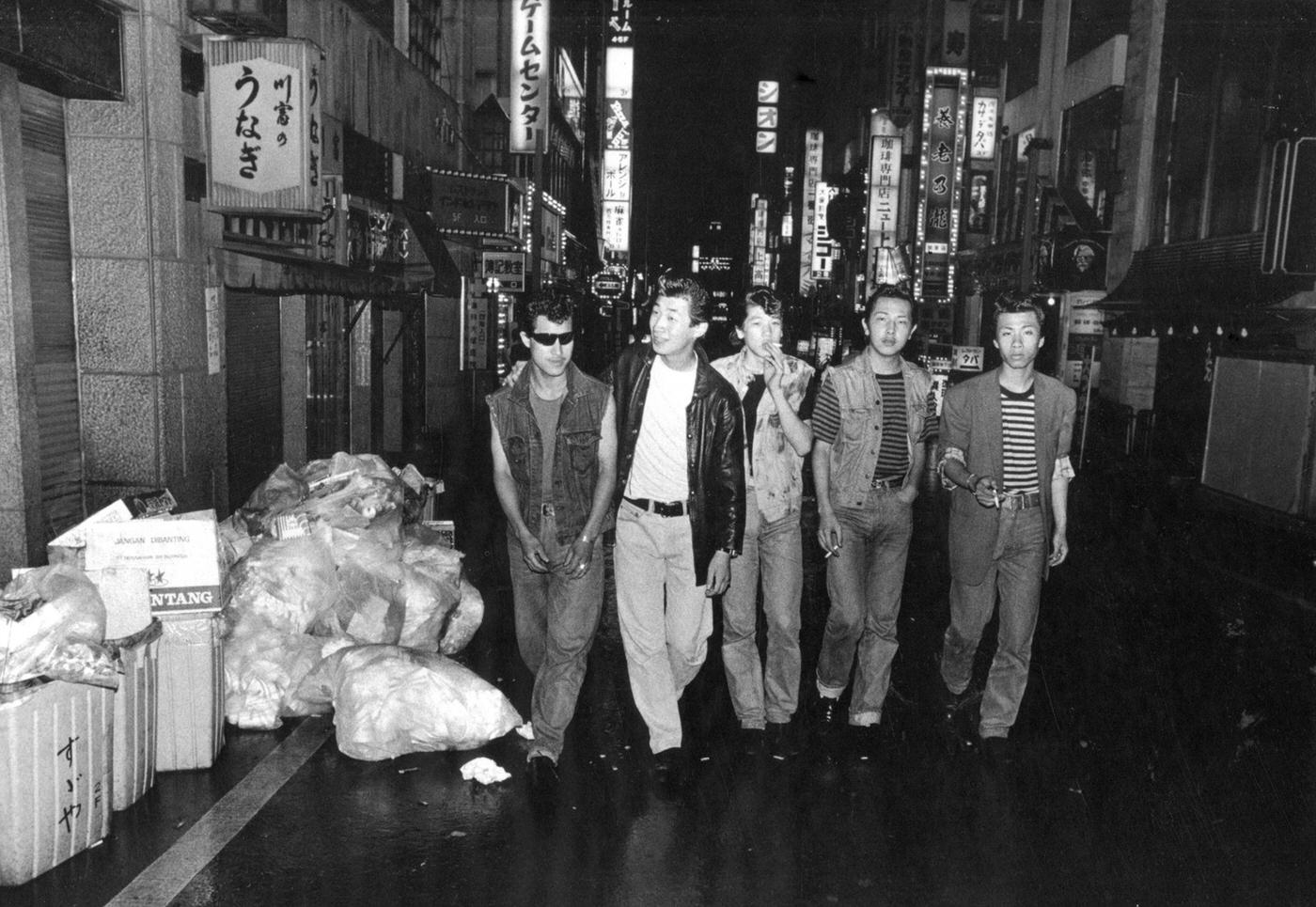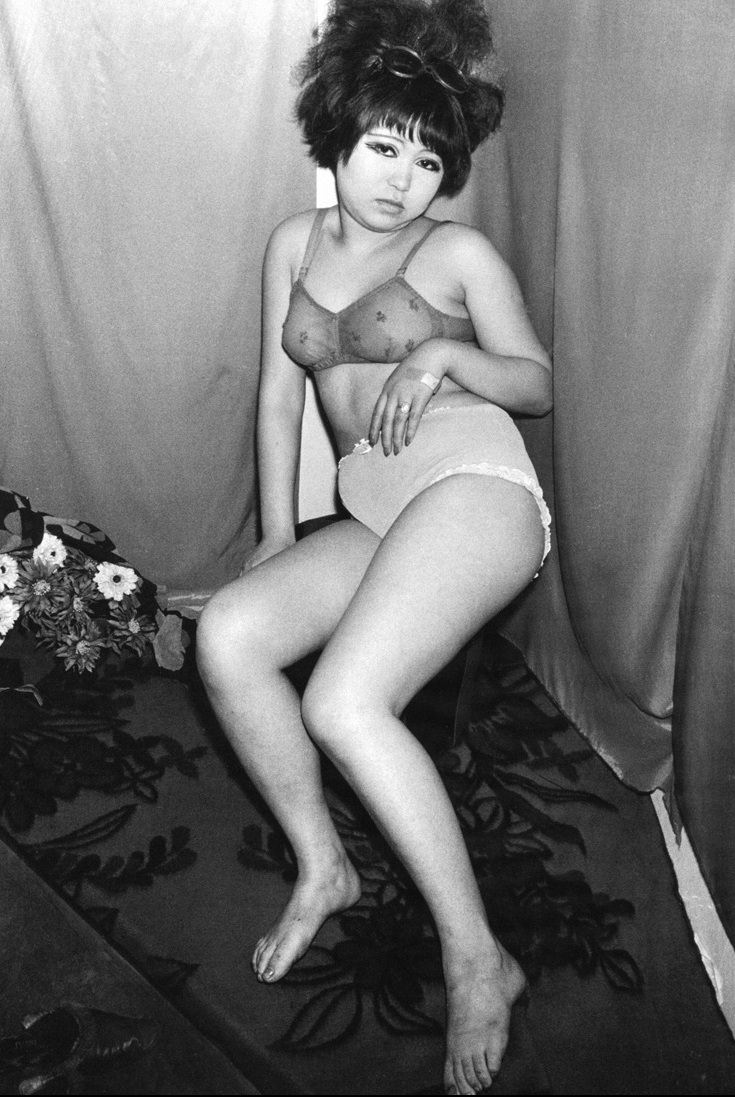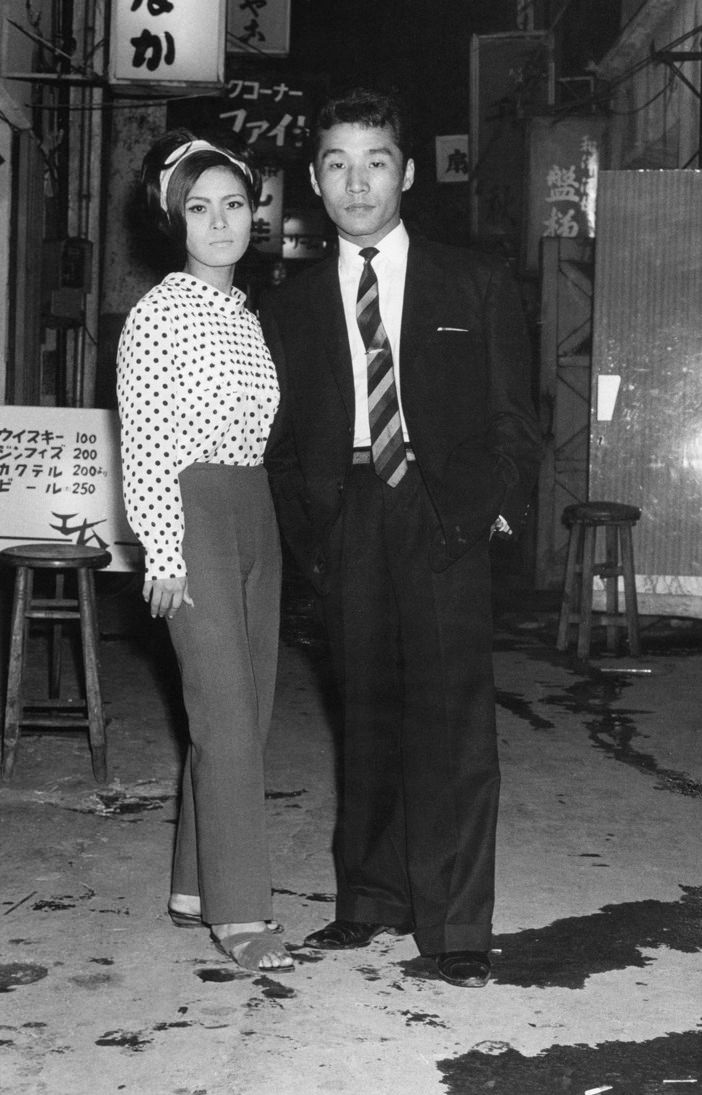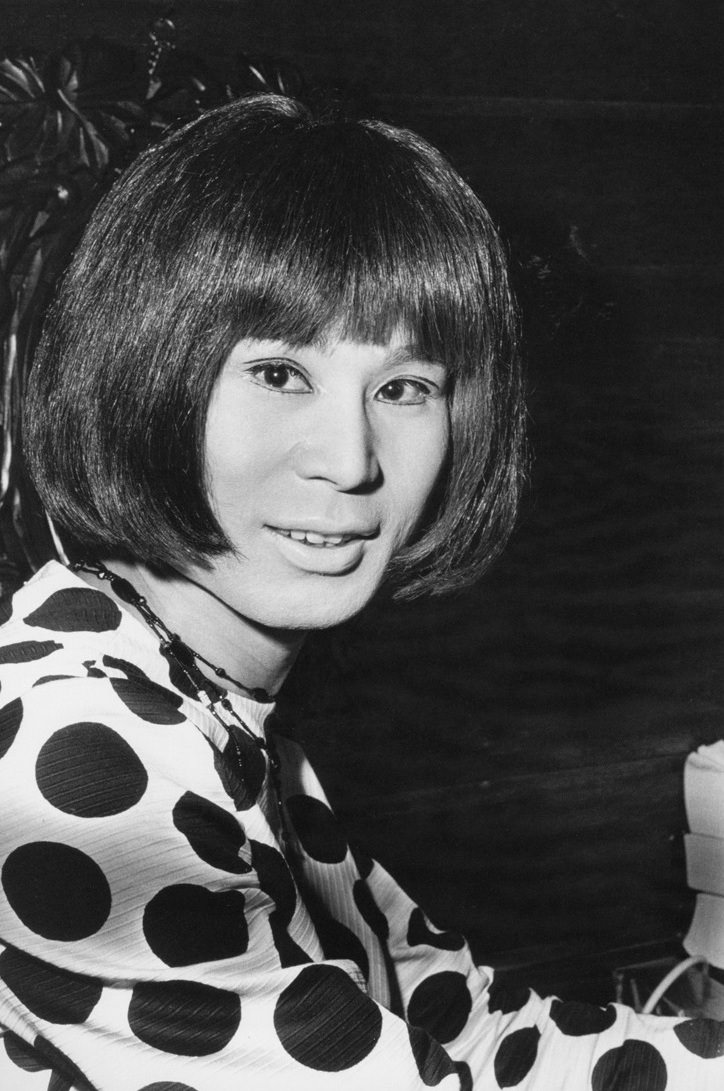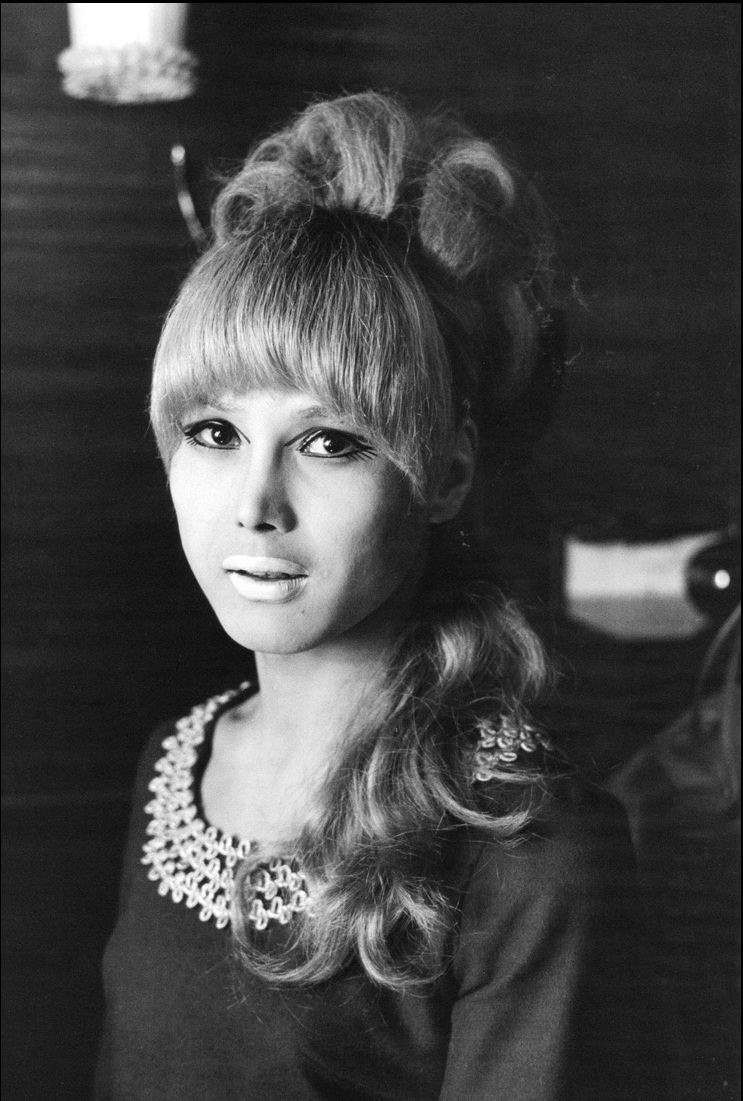Kabukicho, located in Tokyo’s bustling Shinjuku district, is known for its vibrant nightlife and neon-lit streets. In the 1960s and 1970s, this area was a hotspot for not just entertainment but also criminal activities. The Yakuza, Japan’s notorious organized crime syndicates, played a significant role in the life of Kabukicho, earning it the nickname “Sleepless Town.”
The Yakuza Presence
The Yakuza are deeply rooted in Japanese culture, often compared to the mafia. In Kabukicho, their presence was unmistakable. Around a thousand gangsters operated in the area, running various illicit businesses. They controlled much of the nightlife, including host and hostess bars, gambling dens, and illegal prostitution rings. The Yakuza maintained order and handled disputes within their territories, often through violent means.
The streets were filled with hostesses, prostitutes, and pimps, all trying to make a living. Bars and clubs came alive at night, drawing both locals and tourists. The Yakuza were a constant presence, either as protectors or enforcers. They were involved in many aspects of the nightlife, from managing clubs to offering protection services for a fee..
Read more
Katsumi Watanabe’s Photography
Katsumi Watanabe, a curious and modest photographer, captured the essence of Kabukicho during this era. He roamed the streets with his camera, taking pictures of the Yakuza, pimps, and prostitutes who inhabited the area. Watanabe made a living by selling these photographs to his subjects, offering three prints for 200 yen, about a dollar at the time.
Watanabe’s photos are unique because of their natural and candid style. He had a keen sensitivity to the natural posturing of his subjects, allowing them to reveal their identities without inhibition. He saw Kabukicho as a stage, and his photographs documented the performers in their true essence.
The Nightlife and Crime
The nightlife in Kabukicho was both glamorous and dangerous. The clubs and bars were places of excitement, but they also harbored dark undertones. The Yakuza’s influence meant that violence was never far away. Fights, extortion, and other criminal activities were common. Yet, for many, Kabukicho was also a place of opportunity, where they could find work and make money, despite the risks.
Kabukicho’s nickname, “Sleepless Town,” aptly describes its constant activity. The area never truly rested, with businesses operating around the clock. This perpetual motion made it a perfect environment for the Yakuza to thrive. They adapted to the unending flow of people and money, making Kabukicho a critical part of their operations.










